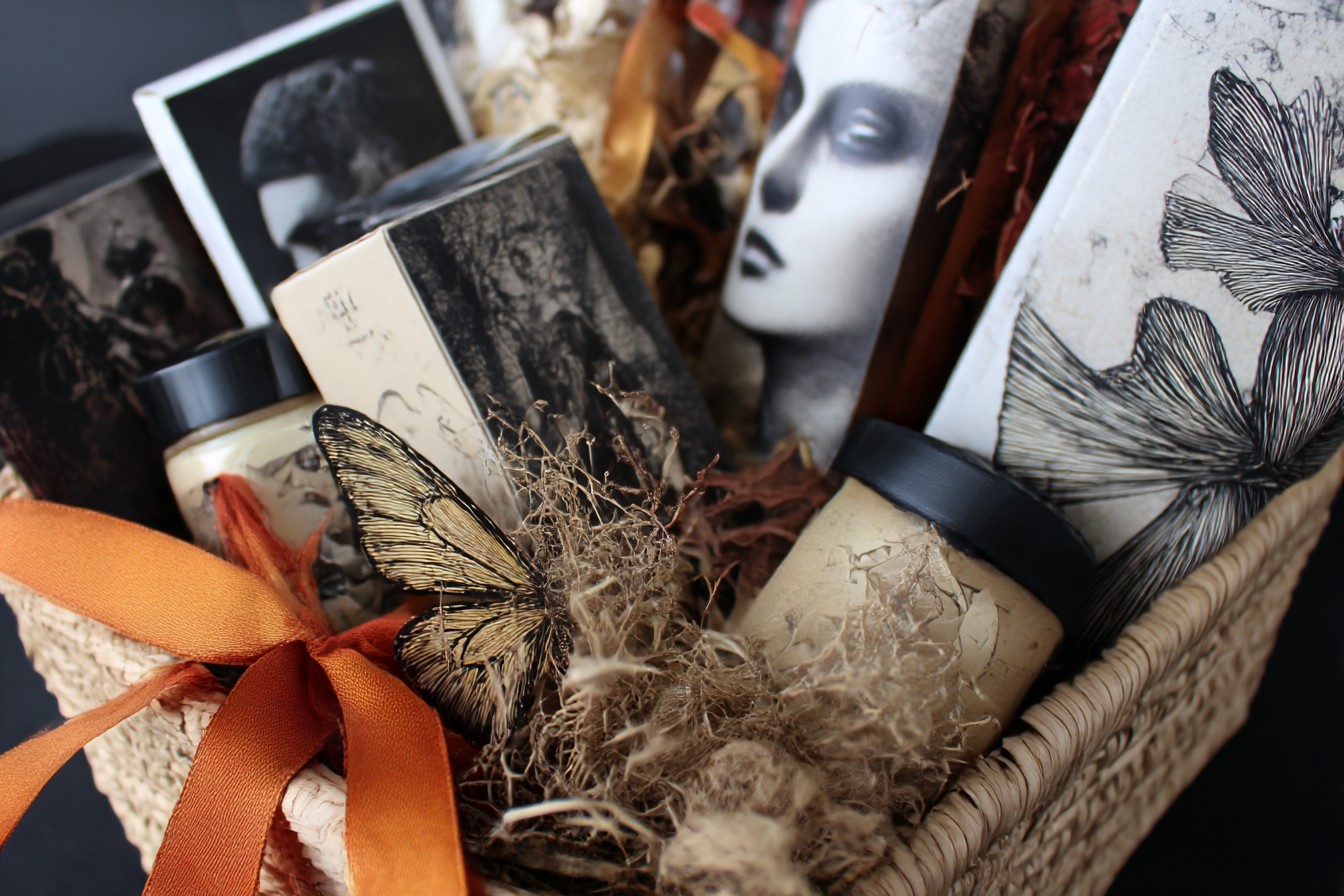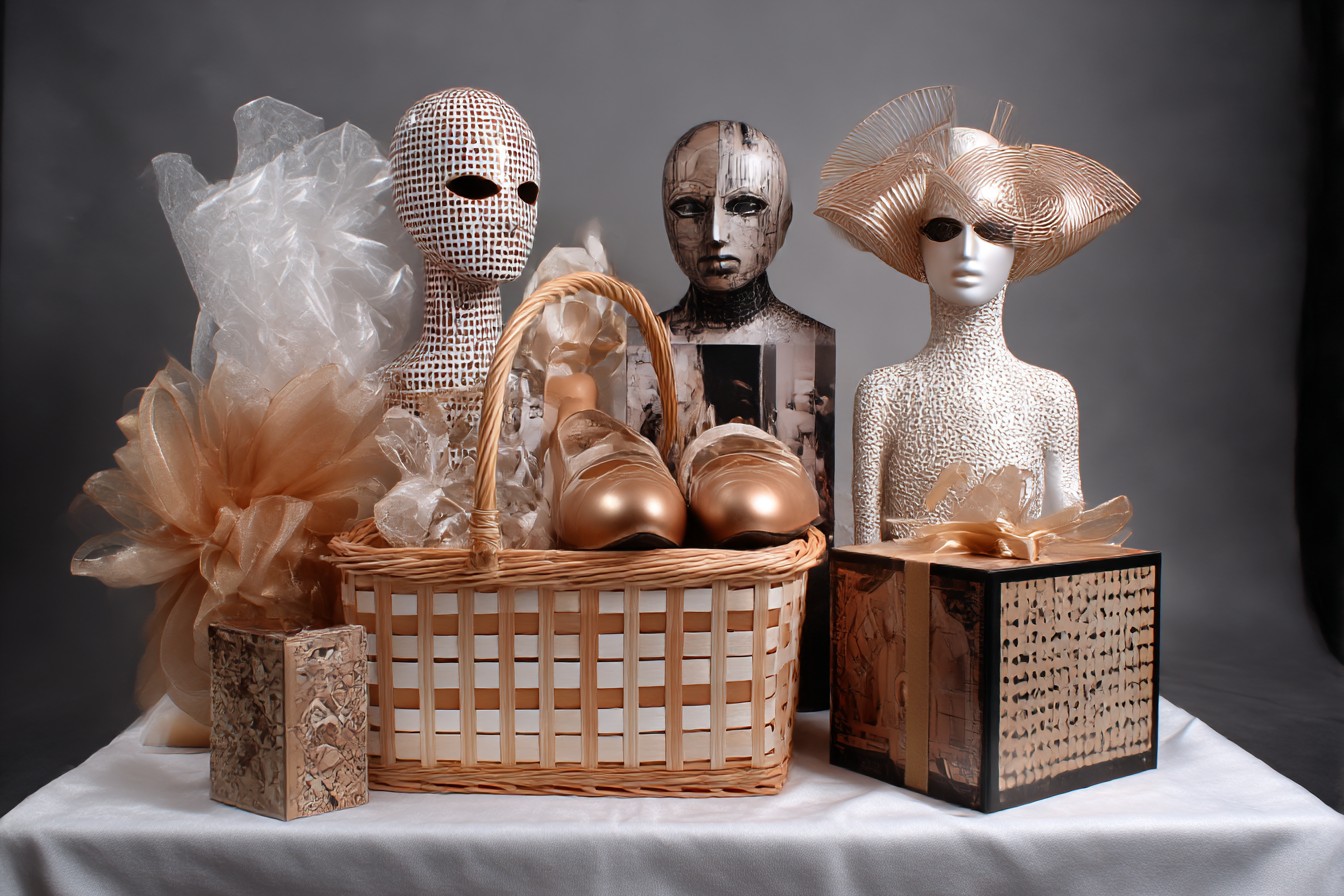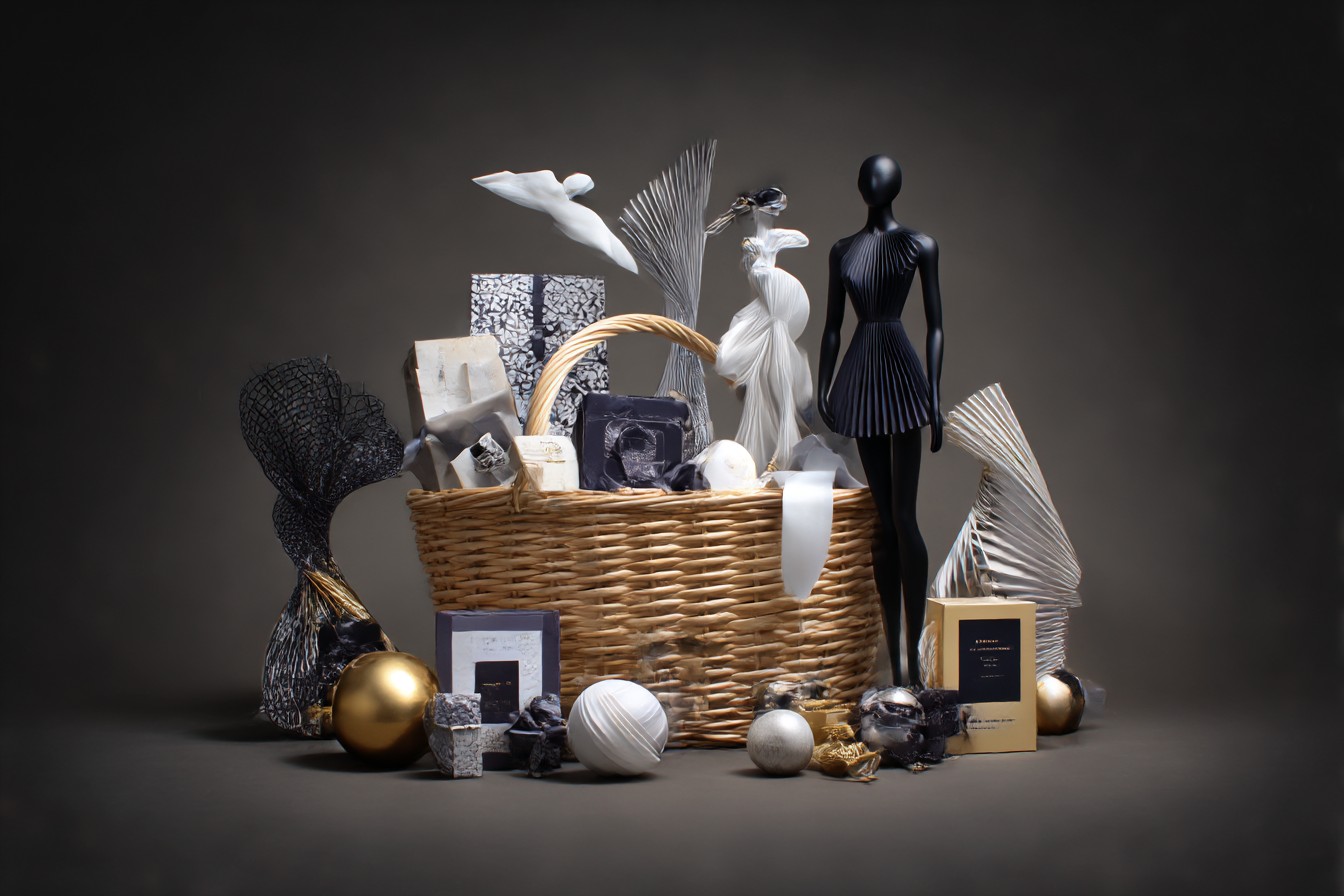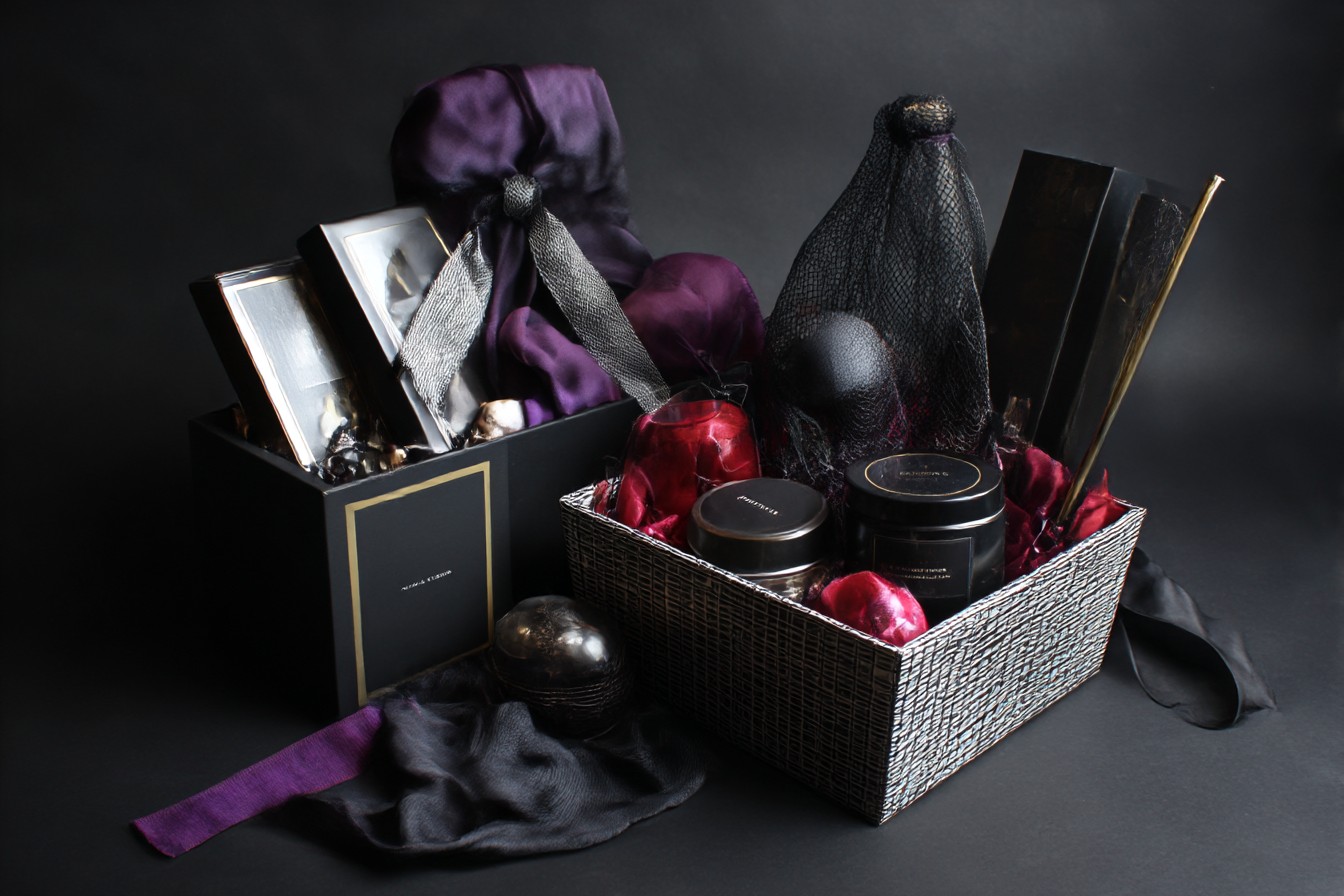Let me tell you something – there’s nothing quite like the look of mild disappointment when someone unwraps a gift basket filled with random bits they’ll never use. You know the one – that polite “oh, how lovely” while they’re mentally calculating how quickly they can pass it on to someone else. I’ve been on both sides of this awkward exchange more times than I’d care to admit.
Years ago, I gave my mother-in-law what I thought was a lovely pamper hamper. Three months later, I spotted the unopened lavender foot cream in her guest bathroom, the bath bombs collecting dust on a shelf, and the fancy tea still sealed tight. The only thing missing was the chocolate – at least Charlie had enjoyed something from my so-called “thoughtful” gift.
That’s when I had my gift basket epiphany. Most pre-made hampers and baskets are, let’s face it, a bit rubbish. They’re either filled with mediocre products nobody particularly wants, or they’re so generic they could be given to literally anyone. Where’s the personal touch in that?
Since that humbling moment, I’ve developed a bit of a formula for creating gift baskets that people actually use – ones that feel curated rather than randomly assembled. The kind that make the recipient go, “Hang on, this is actually brilliant!”
First things first, you need a proper theme. Not just “pamper” or “foodie” – that’s far too broad. I’m talking specific, tailored themes that speak directly to the person’s actual life and interests. For my dad’s 60th, I created what I called a “Garden Detective” basket. He’d recently become obsessed with identifying birds in his garden, so I included a proper pair of binoculars, a beautiful illustrated bird guide specific to British garden species, a weatherproof notebook, a thermos flask (because British garden watching requires hot tea regardless of season), and some shortbread biscuits (his favourite). Every single item supported his actual hobby in a practical way.
The trick is to make each item connect meaningfully to the next. Random assortments of nice things aren’t the same as a thoughtfully curated collection. When my friend Lisa qualified as a solicitor after years of study, I resisted the temptation to just throw together generic “congratulations” items. Instead, I created a “First Week Survival Kit” with a beautiful leather document holder (embossed with her initials), a proper fountain pen, emergency snacks for her desk drawer, a tiny bottle of champagne with a stemless glass (for celebrating her first win), and a humorous legal dictionary. Each item told part of a story – her story.
Quality over quantity is absolutely essential. I’d rather include three really good items than eight mediocre ones. Nobody needs more clutter, regardless of how pretty the basket looks. My colleague Martin once showed me a gift hamper he’d received that contained fourteen different items, and I genuinely think only two were things he’d ever use. The rest were just taking up space. What a waste!
When my sister started her new teaching job, I created a basket with just four items: a genuinely good insulated coffee mug (teachers never get to drink their tea while it’s hot), a beautiful notebook from Paperchase, a set of colourful fineliners that wouldn’t bleed through the pages, and a really good hand cream (because constant hand washing and paper handling wrecks your skin). Four things, but each one was exactly what she needed and of proper quality.
For presentation, I’ve learned to steer clear of those enormous cellophane-wrapped monstrosities. They’re impossible to transport, the cellophane always tears, and half the time the contents shift around creating an avalanche when opened. Instead, I look for containers that are part of the gift. For my husband’s birthday camping theme, everything went into a proper enamel bowl that’s now his favourite for morning porridge when we’re out in the tent. For my niece’s art basket, I used a sturdy toolbox that now holds all her supplies.
Here’s something that took me embarrassingly long to figure out – people actually appreciate when you make the opening experience straightforward. Nobody enjoys wrestling with sixteen metres of ribbon while everyone watches. Keep the unwrapping simple but special. I like using fabric wraps (furoshiki style) for baskets now – the wrapping becomes a bonus gift, and there’s no awkward moment of someone trying to shove mountains of tissue paper back into the basket to “save it for later.”
The price point is another consideration. I’ve found it works best when all items feel like they’re in a similar value bracket. It’s jarring to open a basket and find a £40 bottle of whisky next to a 99p packet of crisps, no matter how “artisanal” those crisps might be. The items don’t need to cost exactly the same, but they should feel like they belong together.
I once made this mistake with a housewarming basket. I included a gorgeous handmade ceramic serving bowl I’d found at a craft fair (quite pricey) alongside some fairly ordinary tea towels I’d grabbed last-minute from Sainsbury’s. The disconnect was obvious, and it made the lovely bowl seem out of place and the tea towels look a bit sad. Lesson learned.
The most successful baskets I’ve created follow a “use case” approach. Rather than random nice things, I think about a specific situation where everything would be used together. For my friend’s 30th, I created what I called a “Perfect Sunday Morning” basket – a beautiful cafetière, specialty coffee beans, two perfect chunky mugs, fancy granola, local honey, and the Sunday papers delivered for a month. It created an entire experience rather than just a collection of items.
One of my absolute favourite baskets to create is what I call the “Upgrade Basket” – taking something ordinary in someone’s life and elevating every aspect of it. My brother drinks an embarrassing amount of instant coffee, so for Christmas I gave him an “Instant Coffee Upgrade” basket. Not fancy beans or brewing equipment (which he’d never use), but a proper insulated travel mug, premium instant coffee (yes, it exists!), some flavoured syrups, and a brilliant metal measuring spoon. He still drinks instant coffee, but now it’s a significantly better experience.
Seasonality matters too. A picnic basket given in November in Britain is unlikely to see much use before next summer. By then, the recipient will have forgotten about half the contents or, worse, the food items will have expired. I try to create baskets that can be used immediately – there’s something lovely about the recipient texting you the very next day to say they’re already enjoying their gifts.
I’ve also learned that dietary requirements and personal preferences shouldn’t be an afterthought. They should be central to your planning. I once spent ages creating what I thought was the perfect Italian food hamper for my colleague, only to remember halfway through that she’s gluten-intolerant. Cue a panicked last-minute overhaul. Now I keep notes on my close friends’ preferences (yes, in an actual document on my phone – Charlie thinks it’s completely mental, but it’s saved me countless times).
For children’s gift baskets, I’ve found that focusing on a specific activity rather than just “stuff” works brilliantly. My goddaughter received what I called an “Explorer’s Kit” for her 7th birthday – a child-sized backpack containing a compass, a magnifying glass, a nature scavenger hunt I’d created, a sketch pad, coloured pencils, and some snacks for “expeditions.” Her mum told me it kept her entertained for the entire summer holidays.
One final tip – include something consumable. Even in non-food baskets, having something that eventually gets used up prevents the gift from becoming permanent clutter. For a new home basket, this might be luxury hand soap or candles. For a hobby basket, it could be materials that get used in the craft.
I’ve lost count of how many gift baskets I’ve created over the years, but I can tell you precisely which ones were successes – they’re the ones where months or even years later, I visit someone’s home and spot the items still in use. Like the cooking basket I made for my friend Sam, whose kitchen drawer still contains the microplane grater and measuring spoons I included three years ago. Or my mum, who still uses the gardening basket items every spring.
The true measure of a successful gift basket isn’t how impressive it looks when opened – it’s whether the items find their way into the recipient’s daily life. If you’re putting together a basket and notice you’re adding things just to “fill it out” or make it look more substantial, stop right there. That’s exactly how useless clutter creeps in.
Creating a truly personal gift basket takes more thought than grabbing a pre-made one from the shop, but the difference in reception is night and day. When someone unwraps a collection of items that feel chosen specifically for them – items that connect to each other and tell a coherent story – that’s when you get the genuine smile, not the polite grimace. And that, if you ask me, is worth every bit of extra effort.
Oh, and that mother-in-law who received the failed pamper hamper? Two years later, I gave her a “Garden Tea Break” basket with proper gardening gloves, seeds for her favourite flowers, a soil thermometer she’d mentioned wanting, and yes, some fancy tea and biscuits for when she takes a break from weeding. She uses every single item regularly, and more importantly, she mentions it unprompted whenever I visit. Now that’s how you know you’ve cracked the gift basket code.





Leave a Reply